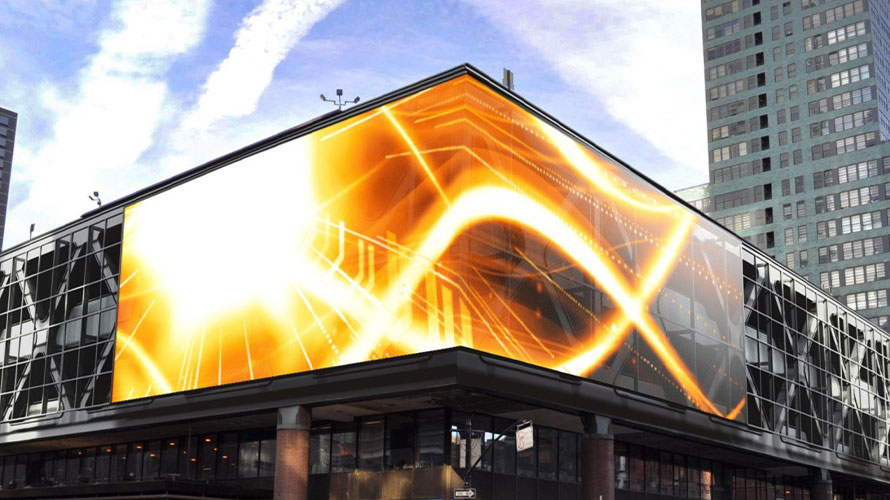Exploring the Longevity of Light Emitting Diode Wall Screens in Contrast to Traditional Screen Technologies
Exploring the Longevity of Light Emitting Diode Wall Screens in Contrast to Traditional Screen Technologies
Blog Article
LED wall panels have become progressively popular in recent years, particularly in environments like schools, businesses, and public areas. These screens use LED lights (LEDs) to produce bright and lively visuals. One of the most significant benefits of LED innovation is its durability compared to traditional display technologies, such as cathode ray tubes (CRTs) and LCD display screens. Understanding the differences in lifespan and functionality between these technologies can assist consumers make informed choices about their screen requirements.
Traditional screen technologies, like CRTs, have been around for many decades. They were frequently used in televisions and PC screens. However, CRTs have a shorter duration, typically lasting approximately 10,000 to 20,000 hrs of operation. This means that after a few of years, users may notice a deterioration in image quality, such as dimming or hue deformation. In comparison, LED wall screens can last considerably longer, frequently exceeding 50,000 hours. This extended duration means that users can experience consistent performance without the need for frequent substitutions.
Another crucial factor to take into account is energy efficiency. LED panel panels utilize less energy than traditional screens, which not only benefits the ecosystem but also lowers electricity costs. For instance, while a CRT screen may use approximately 100 watts of power, an LED screen can use as little as 30 to 50 W. This discrepancy in power consumption adds to the overall durability of LED innovation, as lower power consumption generates minimal heat. Excessive thermal energy can harm electronic components, leading to a reduced lifespan for conventional displays.
In furthermore to their longer lifespan and energy efficiency, LED wall screens also provide enhanced visual clarity. They offer brighter colors and improved differentiation, making them perfect for various uses, from marketing to educational displays. The innovation behind LED screens enables for a wider viewing angle, meaning that visuals stay sharp and vibrant even when viewed from the flank. This is a major advantage over traditional displays, which frequently experience from color distortion and reduced brightness at wider angles.
In summary, the durability of LED panel panels compared to led wall panel color measurement traditional screen methods is a key aspect for consumers to consider. With durations that can surpass 50,000 hrs, energy efficiency, and superior visual clarity, LED technology offers many benefits. As innovation continues to progress, LED panel screens are likely to become even more prevalent in multiple environments. Understanding these differences can assist people and entities make improved choices when investing in display technology, ensuring they receive the optimal value for their requirements.